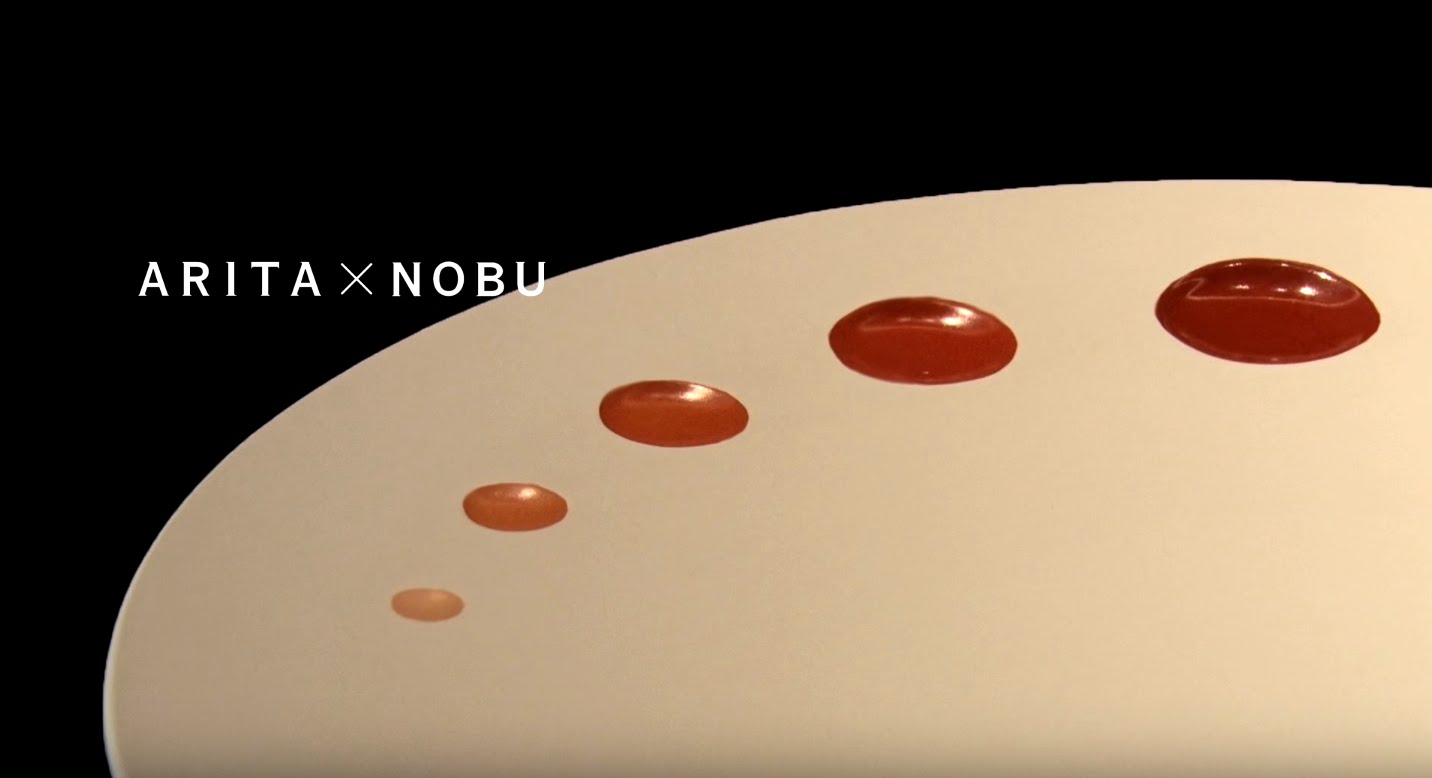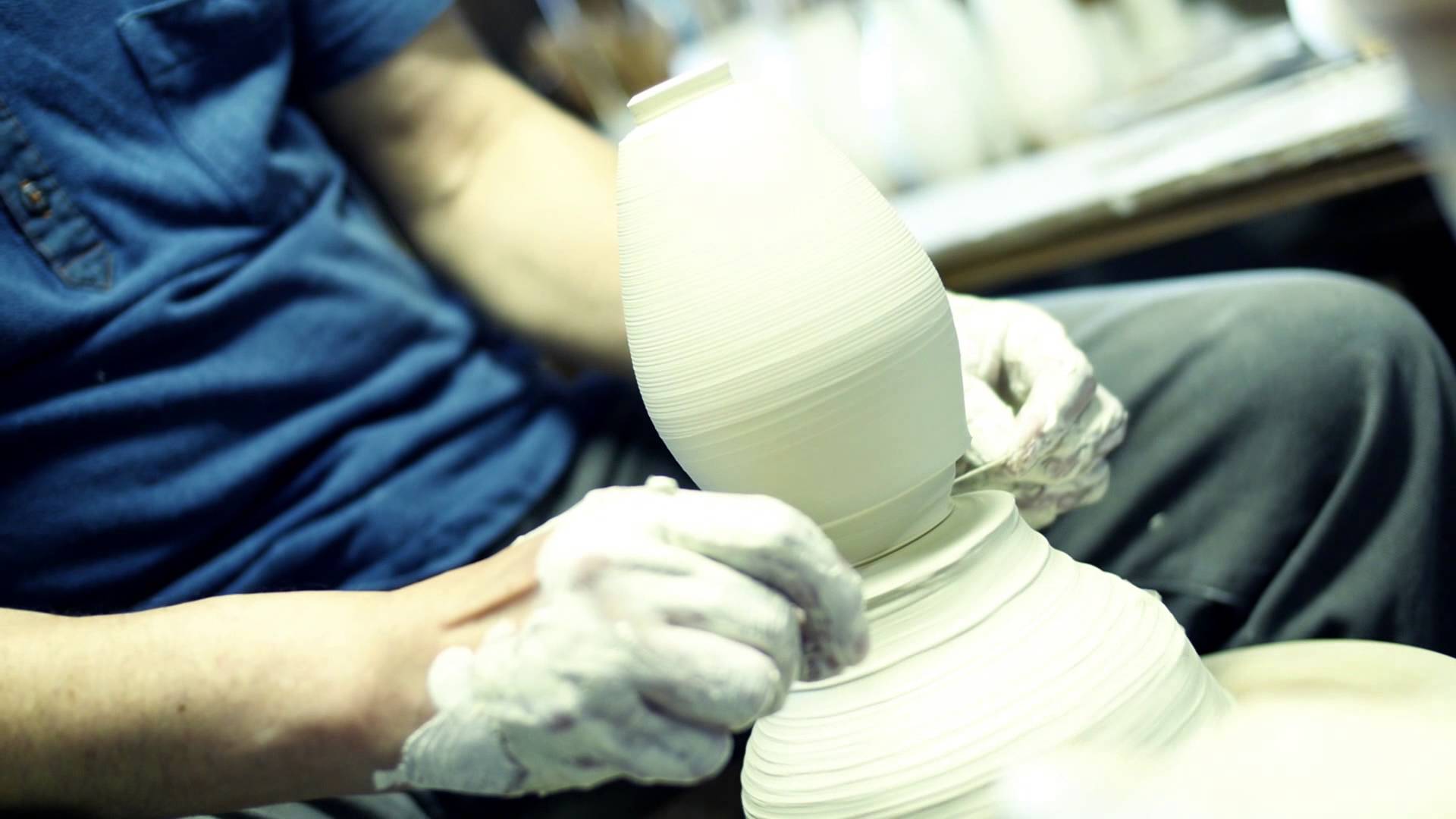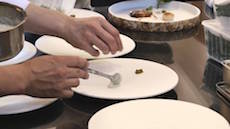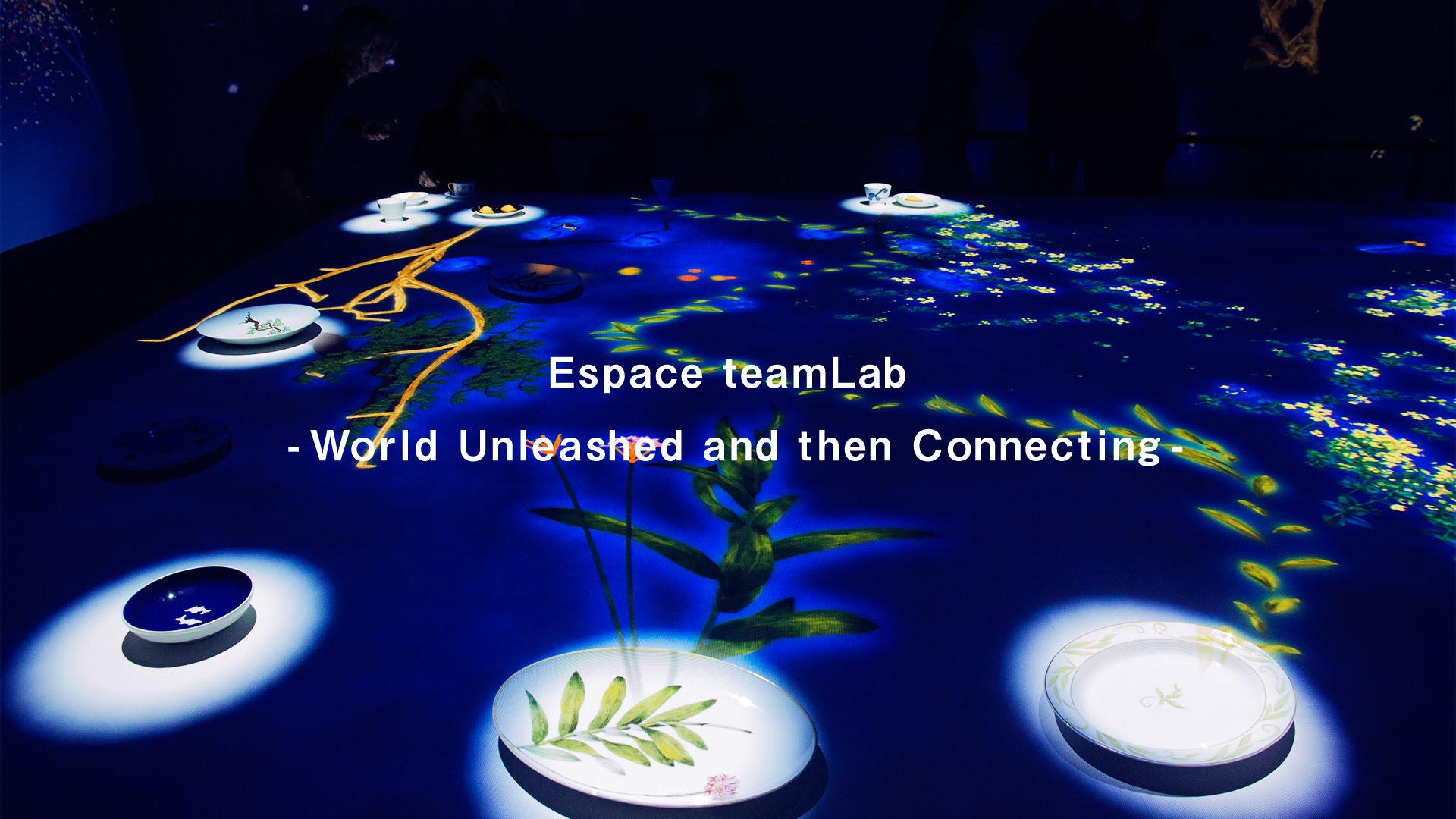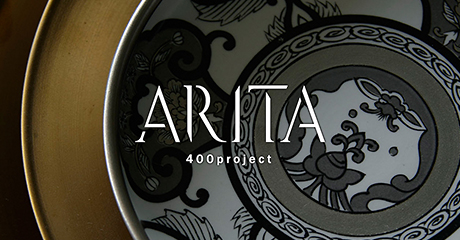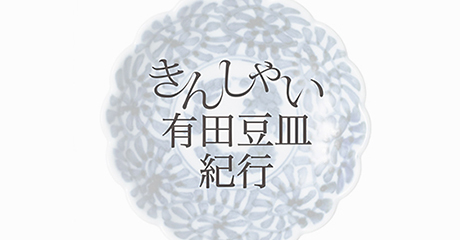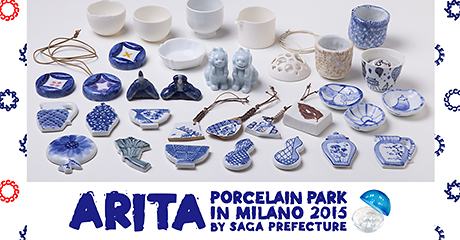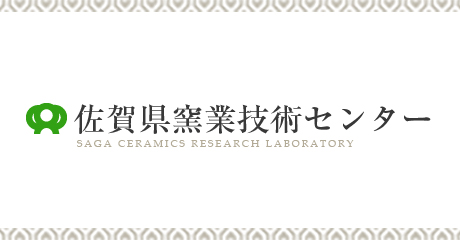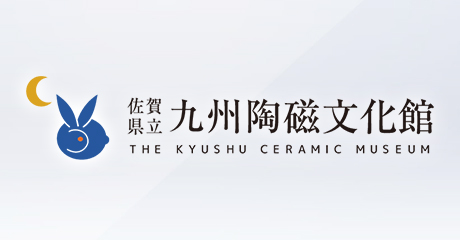027
The Future of Arita inked and broadened from the 400th year
The ARITA Revitalization Project successfully rebranded the techniques and values of Arita and transmitted them to the world. The Artisan Collaboration Project gave innovative opportunities to the creators of traditional Japanese craftworks from many production areas and different industries to collaborate and undertake monozukuri together. The Arita Future Forum was held in several venues in Ginza Tokyo to showcase the achievements of the two projects. What are the new driving forces and motivation connecting the past 400 years and the future, and just what is the vision Arita is aiming for?
Monozukuri and Kachizukuri came from rebranding
The Arita Future Forum was held for three days from November 17 to 19 2016, and it included the presentation of activities and achievements of the ARITA Porcelain 400th Anniversary Project ARITA EPISODE 2, which was held in the Kyushu Ceramic Museum. In addition, the Val Walk ARITA was also held concurrently in Odaru, and treated visitors to a tour around Arita coupled with enjoying fine food and drinks in a variety of restaurants.
On the second day (November 18, 2016) in the large meeting room of the Saga Prefecture Ceramic Industry Cooperative, a panel discussion was held along with the exhibition and sale of 9 groups of products created by 11 "Tsutau Project" companies and 4 individual companies, all participants in the ARITA Revitalization Project through the Artisan Collaboration Project, and the products of 9 Imari and Arita traditional craftsmen.
The exhibited products have their roots in the traditional skills from hakuji, sometsuke and on to iroe cultivated in Arita over the last 400 years; under the rebranding project they were reinvigorated by new forms and concepts. Mr. Hiroshige Akase, a representative of the Made in Japan Project since October 2014, coordinated the exhibited products. Numerous sessions were held to explore every element from designing to distribution and public relations before the final products were created. Mr. Akase said, "We didn't merely imagine the new products or brands. We traced the history of monozukuri in each of the 15 participants and distilled the best of each company before starting to design the products". After test marketing in March 2015, they were all favorably received at the Interior Lifestyle Tokyo where they were exhibited for two consecutive years, and were also sold in the Arita Porcelain Style, the promotion event held in June 2016 targeting metropolitan areas in Japan.
During the panel discussion project participants presented their vision and motivations; "We needed individually to increase the number of successful products to better spread the positive effect of the project" (Touetsu Kiln), "We were aiming for products that would give satisfaction to customers" (Soekyu Seitosho), and "This project was a challenge for survival. We had to change how to make products as well as how to work based on a logical structure to produce profit. We'd like to be a model company in a regional industry" (Bunzan Kiln).


Next generation's "craft" movement exploring the collaboration of craftsmanship
In addition, the products that attracted people to visit the venue were not only Arita porcelain but totally new products incorporating the traditional crafts of other regions including cloth, glass, metal and lacquer ware. The original designs of each craft were also reflected in the products. Imari and Arita collaborated with 9 production regions to create a variety of products; Oshima Pongee from Kagoshima Prefecture, Edo Kiriko cut glass from Tokyo, Echizen washi paper from Fukui Prefecture, Ryukyu Kasuri cloth from Okinawa Prefecture, Wajimanuri lacquer ware and Yamanakanuri lacquer ware from Ishikawa Prefecture, Takayama Tea Whisks from Nara Prefecture, Inami carving from Toyama Prefecture, and Kishu lacquer ware from Wakayama Prefecture. This is a new traditional craft's brand from Saga Prefecture. Kimiko Tanioka, who worked in the Kishu lacquer ware team, reported in the panel discussion that the products were sold in the Arita Porcelain Style along with the products of the rebranding project, and sales were steadily increasing. She said, "I realized the necessity of showing our own monozukuri concepts and vision while we were collaborating with other product regions".
Furthermore, an open factory scheme called the "craftsman's on-the-spot inspection" was also held as a part of the "personnel exchange" scheme. In this event, young artisans bearing the responsibility for the next generation in Arita mingled with their counterparts in the traditional crafts of other production regions. This "personnel exchange" is the other pillar of the Artisan Collaboration Project. Craftsmen from other production regions in Japan participated in the forum. They visited the kiln workshops as "investigating officers" guided by the staff of local potteries and companies in Imari/Arita and with fresh eyes they sought out the charms of Arita. They deepened interactions by enthusiastically sharing with each other topics specific to craftsmen including production techniques, product development and distribution.
On the next day, the event continued as a talk show with Mr. Shinya Shirasu, the chief editor of the monthly magazine, "Me No Me," Ms. Kazuko Todate, a craft critic, and Mr. Yukio Suzuta, Director of the Kyushu Ceramic Museum.
Ending of the Arita Porcelain 400th Anniversary Project is coming closer.
Mr. Shigetsugu Harada, the former chairman of the Saga Prefecture Ceramic Industry Cooperative, which has been deeply involved in this project, evaluated the Arita Porcelain 400th Anniversary Project, "The project gave the essential awareness and guiding principles to all members of each production region, and it has helped rejuvenate the regions". Mr. Sojiro Ogushi, a director of the Association of Imari and Arita Traditional Craftsmen, summed up with the words, "The awareness born from the Arita Porcelain 400th Anniversary Project will help us to look at the world and the future with fresh eyes. I trust we will maintain momentum and continue evolving and I know we'd all like to create a future full of hope and opportunity for the ceramic industry".
We very much anticipate the Arita Porcelain 400th Anniversary Project will be a mediator between the present and future of Arita, and the future of Arita will continue to be successful. We also hope that Arita porcelain continues to be created and loved by Japanese people and by people all over the world.





